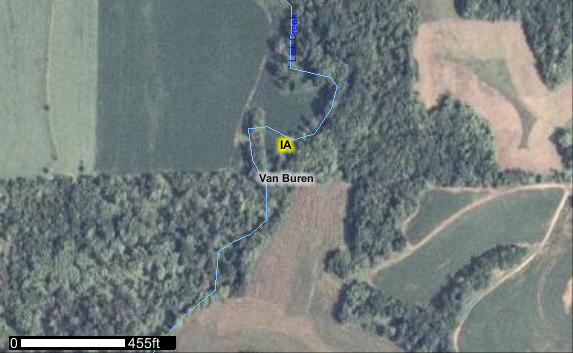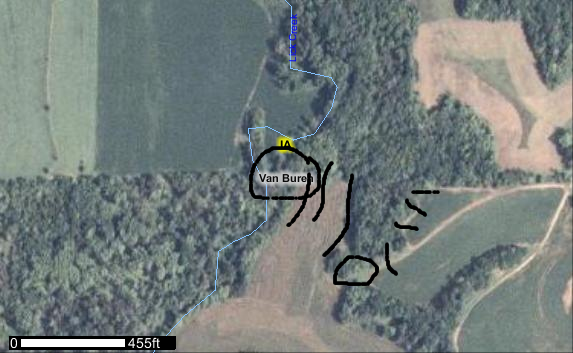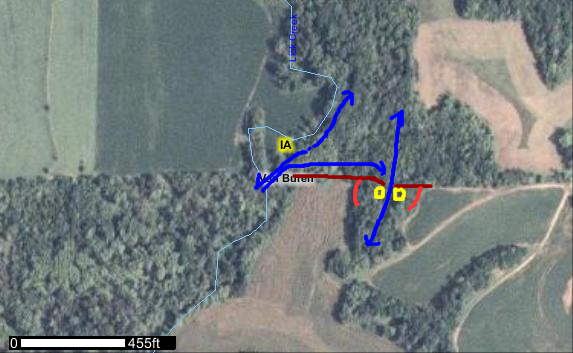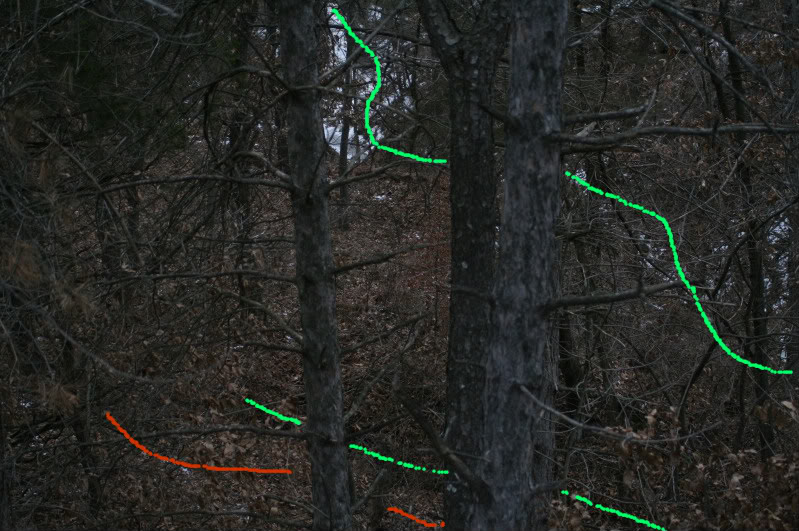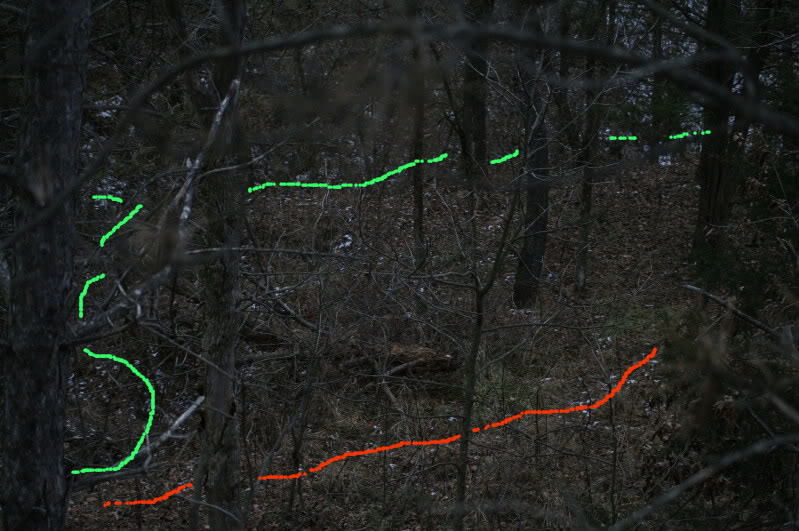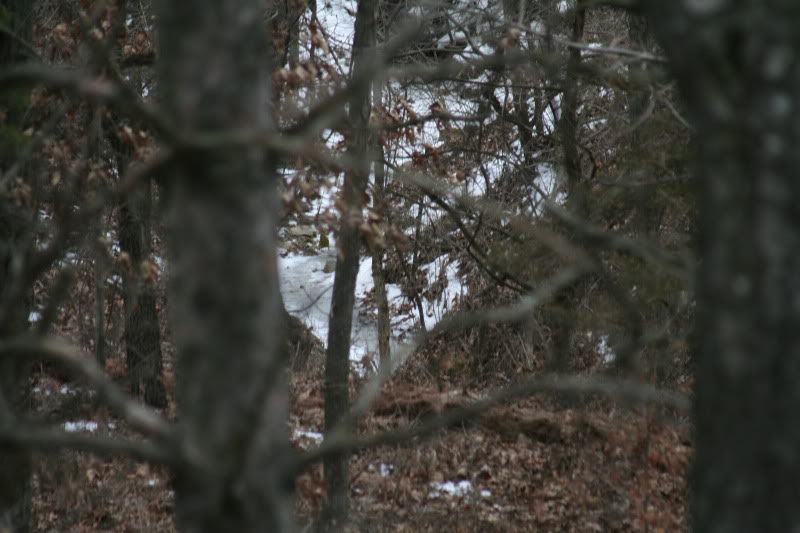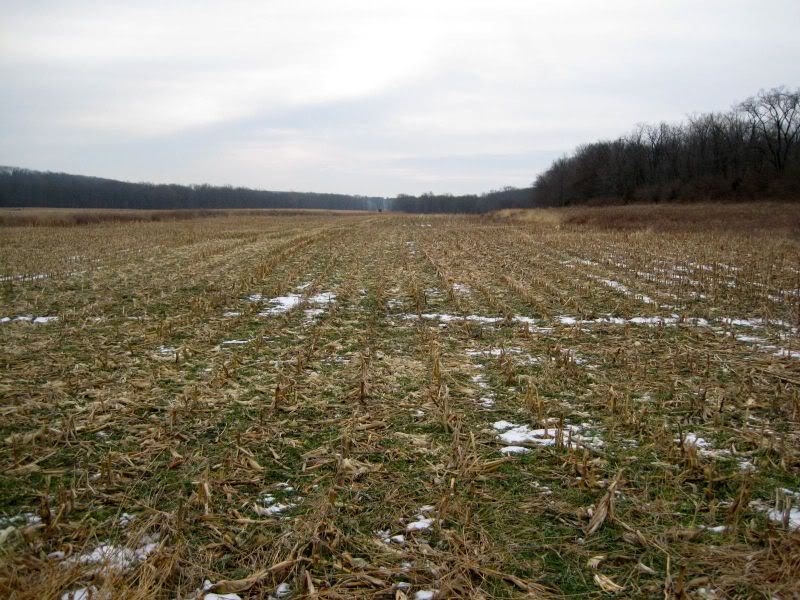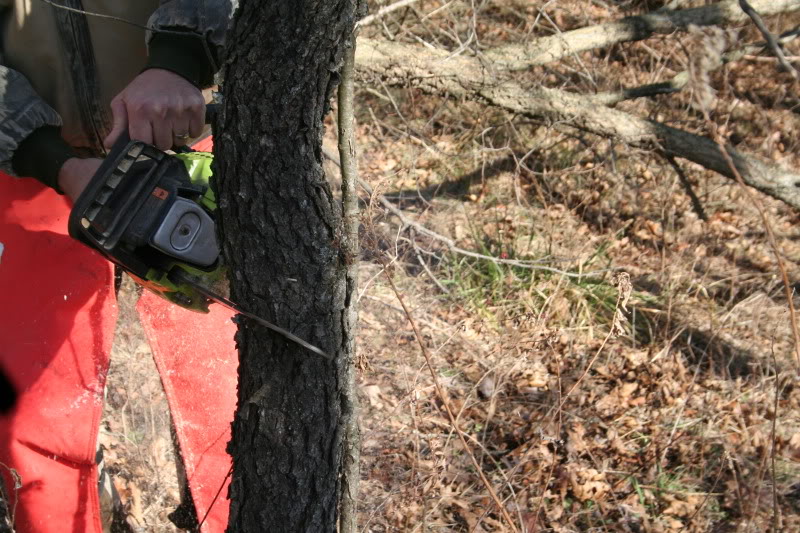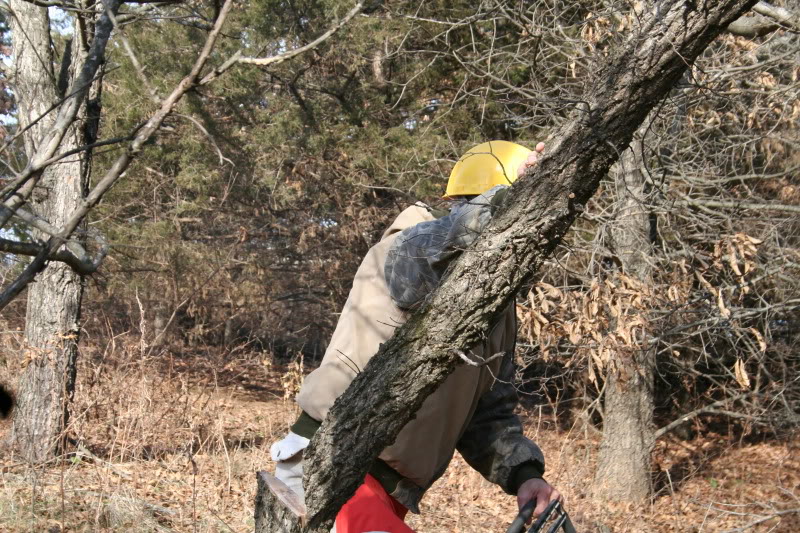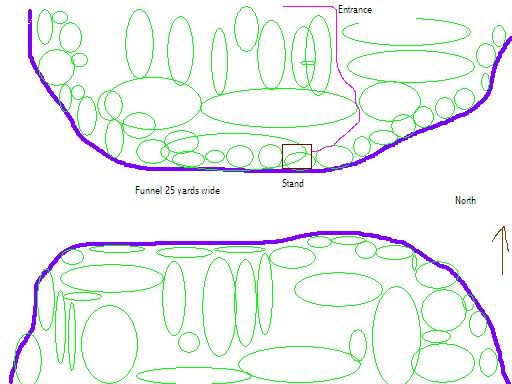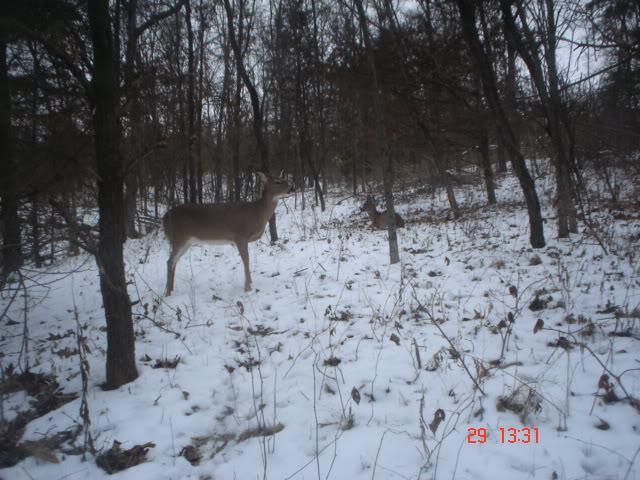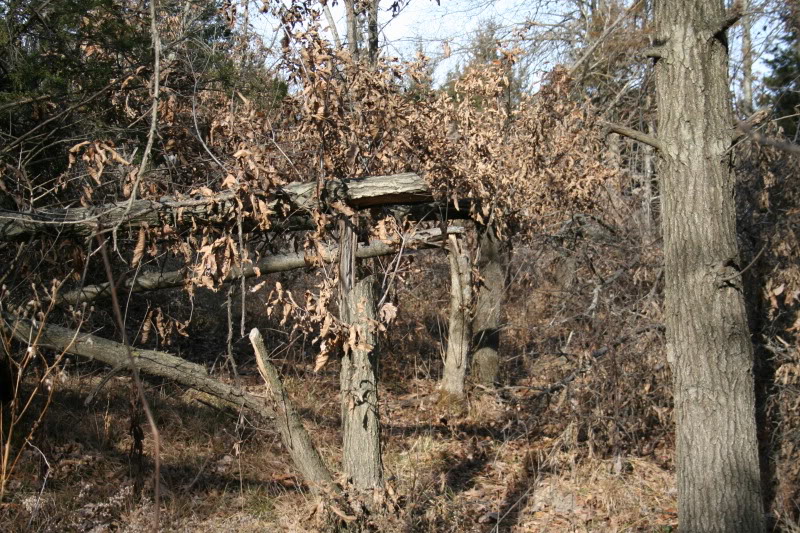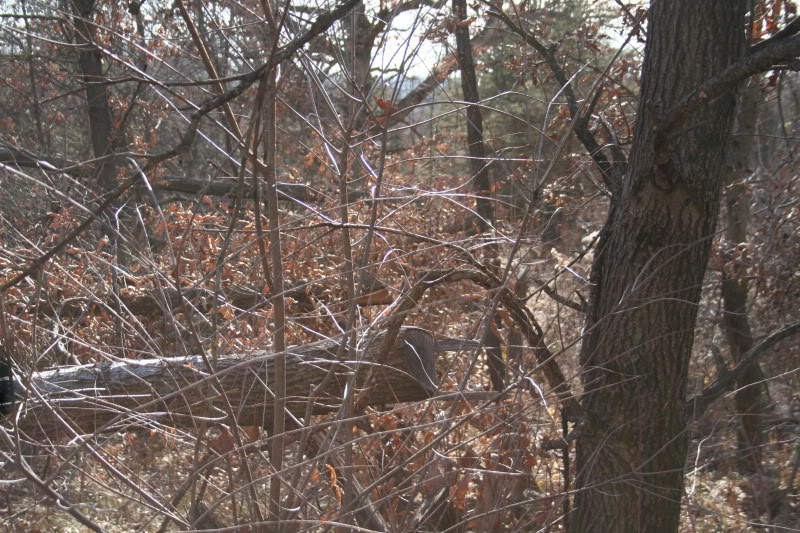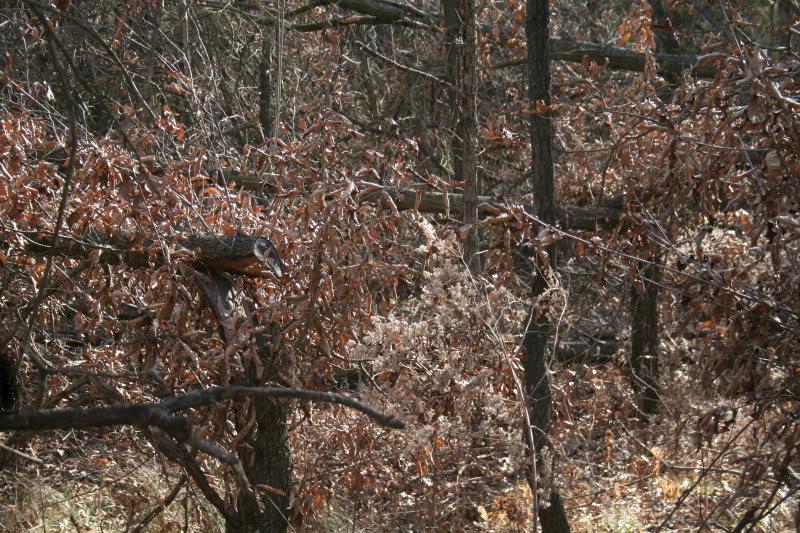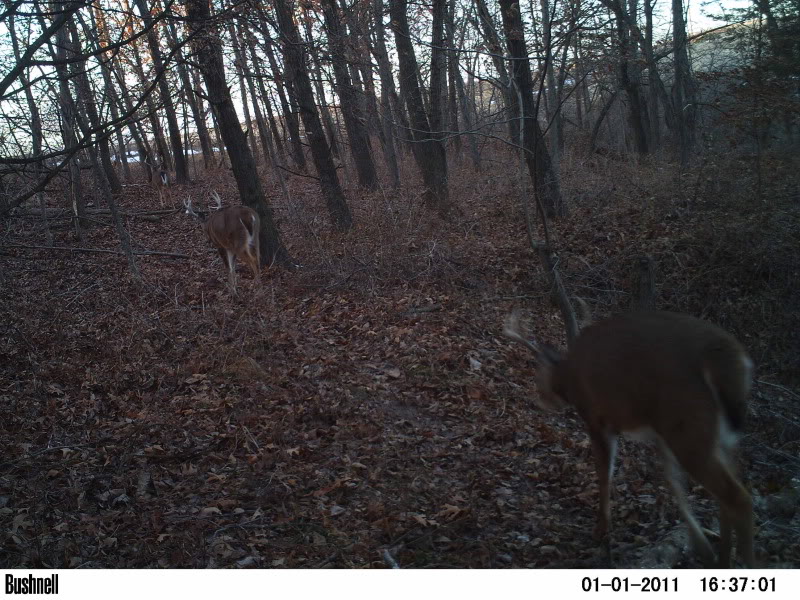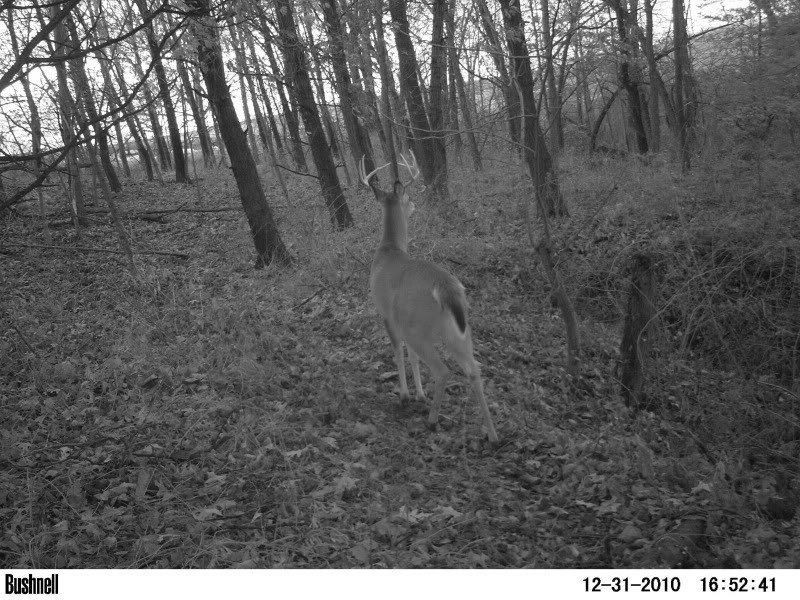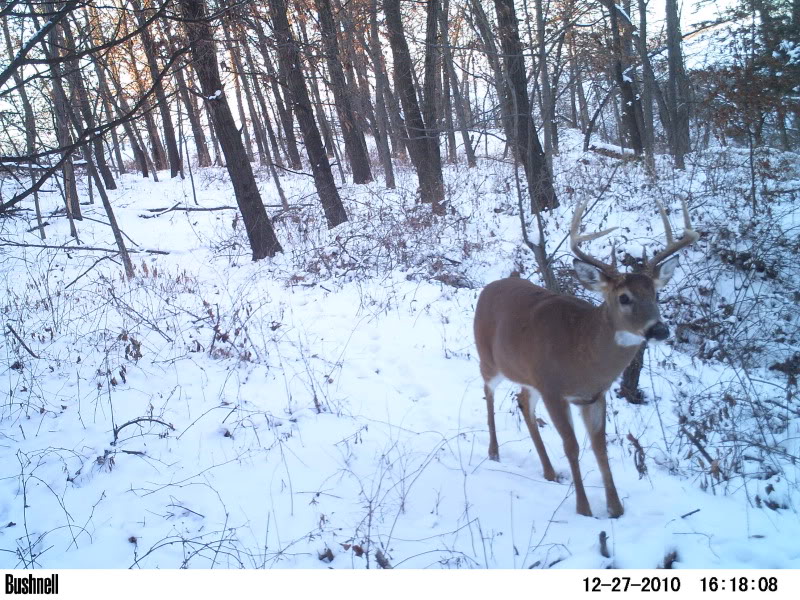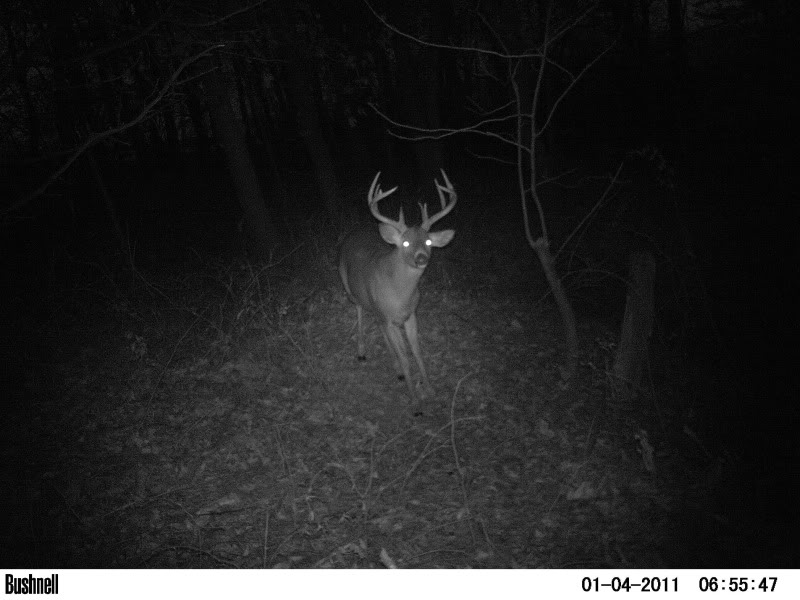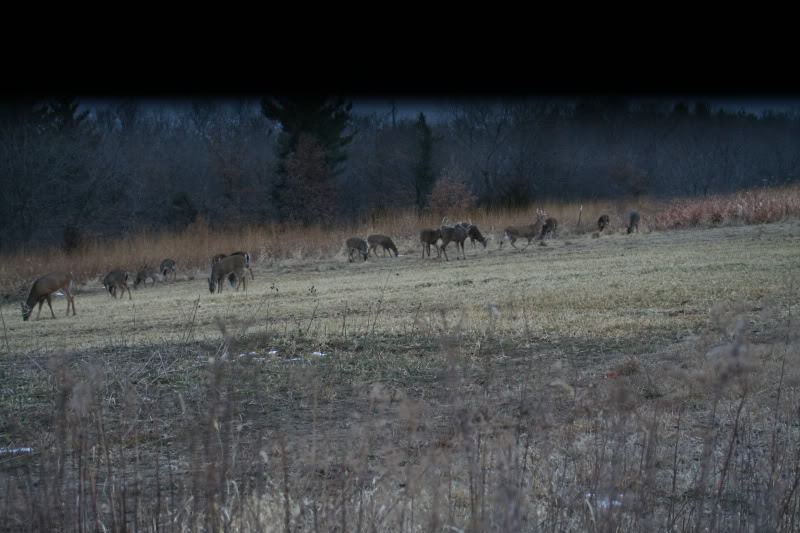Sometimes there is a tremendous amount of "hoopla" over the bedding issue, for most of us it's just common sense but some put way to much emphasis on creating a "bed" versus a thick safe sanctuary. Usually the reason for that is because they simply don't understand enough about whitetail behavior, so let's see if we can make a little sense of it?
A mans wife says to him..."c-mon over here big boy and you'll have a night you'll soon not forget"....man says..."nawww...I have my comfy Serta mattress so I think I'll just get some sleep"...

Realistic? Possible perhaps but knowing the average man I suspect "sleep" would be the farthest thing from his mind at that moment.
Whitetail bucks....yearlings have a range up to 1200 or more acres while a 5 1/2 yr old may spend his time on 140 acres or less...EXCEPT during the rut! We create thick brushy sanctuaries that hold deer but the older the buck gets, the less he likes being around other deer so he may spend the summer and early fall in a little draw or field of NWSG or in a small area within a larger bedding area.
One would think then that we could pin down a buck and kill him easily if we know where he beds but...the older they get they have this nasty habit of becoming nocturnal, rare exceptions of course but those fellas don't last long. So what then? We have a 4-5 yr old buck living on our property but he won't budge til after dark...but all that changes during the rut! He didn't get old by being stupid so unlike the 2 1/2's he doesn't run along a scrape line before dark like an idiot but he is vulnerable because he is on his feet and moving before dark.
That takes us back to the analogy at the beginning...would we be so naive as to think that from late October to early December that any bucks are going to look for does all day and then scamper back to their "bed" when they get tired??? Friends....these bucks are big and powerful and charged up with hormones that would wear out the Energizer Bunny! They aren't going back to their bed...heck they aren't going to bed anywhere until they are exhausted and at that point odds are it will be with a hot doe.
Cool! So now they'll both run back to the bedding area and we'll way lay em! Maybe...but 9 times out of 10 he'll run her as far away from other deer as he can. Middle of an open field, a little used draw that leads to nowhere and other such places seldom used by numbers of deer.
Cheez Whiz! I did all this work making these bedding areas and now he is no where to be found...yeah...if it was easy we would all have a wall full of Booners.
So....assuming your goal, regardless of where you live is to begin to encourage more/older aged bucks to spend more time on your property and increase the odds of harvesting one consistently...there are things wayyy more important then worrying about making a "buck bed".
Create thick brushy sanctuaries by any means possible, logging, TSI, hinge cutting and planting shrubs and conifers and keep a constant succession of new cover by doing a new area every year or two. Build bottlenecks between bedding areas and to food sources so that ANY bucks that travel your property will be forced through narrow corridors vastly increasing your odds of an encounter with the most mature bucks in your area.
The browse and cover combined with adjacent year around food sources in safe, secure hidden areas well screened from human activity will hold more does then you bargained for. Those does will in turn bring bucks out of the woodwork that will have no other choice but to travel through the funnels to check doe bedding areas.
Spending time on complex, detailed individual beds is neither necessary nor productive because it only increases the time you are in their bedroom. Tip em over and get out!
Leave some areas semi open so deer can move around and travel yet be well screened
The cull trees in my area consist of primarily shingle oak, smooth and shagbark hickory, ironwood, maple, elm and honey locust. Of those the shagbarks are the least likely to remain alive while the others, regardless of angle of cut survive with even a tiny sliver of bark attached.
Reducing shading canopy by ANY means will encourage new shrubby/brushy growth that will in turn cause deer to bed and feed there and I emphasis FEED because browse is an essential but often completely overlooked element when dealing with our timber habitat.
I cannot over emphasis enough the need to use trail cameras to monitor your deer and to evaluate your habitat program, because without this toll you will be clueless as to what is going on. Without cams you have no idea how many bucks are using your habitat...note 3 bucks in a row going through this funnel!
Without trail cams you are completely in the dark with no knowledge of bucks actually living in your habitat from year to year. So they are important tools to watch young bucks
become older bucks
and eventually mature bucks
All using the same funnels in and out of the same bedding and feeding areas and ample proof that the habitat we have created is meeting our goals of holding not only more bucks but more mature bucks as well.
Don't fret the small stuff! Life is complicated enough with out adding dribble about making "beds"...make a mess! Log, or hinge a percentage of your timber every year and maintain funnels between them and keep deer adapted to traveling only to your food sources by not forcing them to look elsewhere! The right food source combination's that will feed them year around will in turn give them no reason to leave.
Be safe...hinge smaller trees and girdle larger ones to open up canopy...get in, get out and leave em alone....




